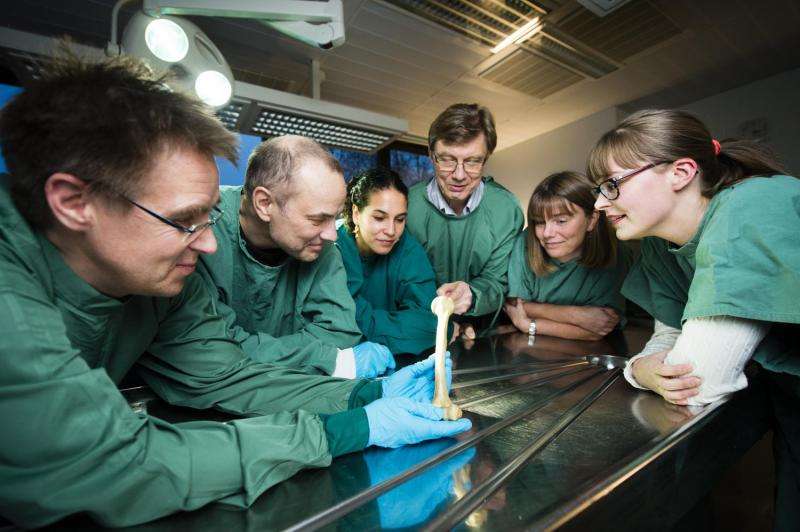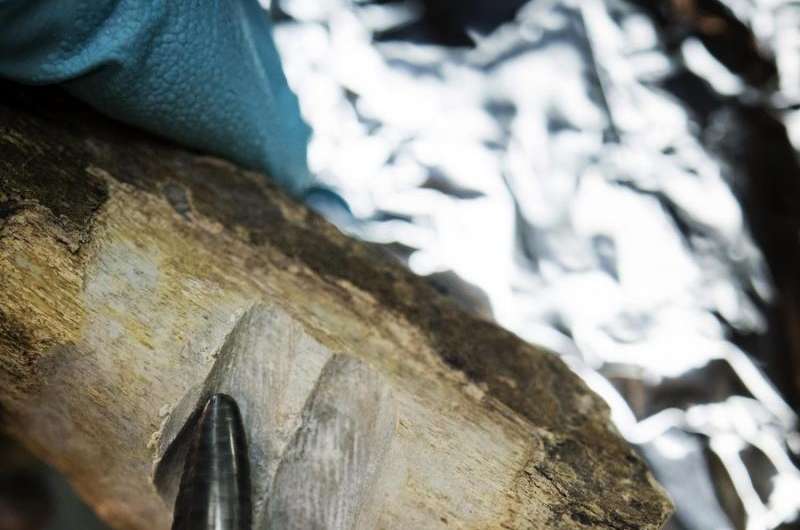Viruses, too, are our fingerprint

A group of researchers from the University of Helsinki and the University of Edinburgh have been the first to find the genetic material of a human virus from old human bones. Published in the journal Scientific Reports, the study analysed the skeletal remains of Second World War casualties from the battlefields of Karelia.
Upon infection, many viruses remain in the tissues and their DNA can be analysed even decades thereafter. Although their genetic material has been found in many organs, the researchers show that viral DNA is also present in bone.
"Human tissue is like a life-long archive that stores the fingerprint of the viruses that an individual has encountered during his or her lifetime," describes Klaus Hedman, professor of clinical virology.
The finding has important implications since bone is most likely to be preserved after death, thus opening the door to the study of the viruses that caused infections in the past. In a publication in Scientific Reports, the researchers show that this is indeed the case. They document the presence of parvovirus DNA in the bones of Finnish World War II casualties who remained exposed to diverse climatic conditions in former Finnish, current Russian territory, until recent years when they were repatriated to their homeland.
The study involved bone samples from 106 deceased, and the viral DNA was discovered in nearly half of them.
"By mapping and analysing the viral genes in old human samples, we can deepen our understanding of the way viruses develop and spread. The results can be compared to those with contemporary viruses and their virulence, improving our ability to prevent and eradicate infectious diseases," the scientists explain.

A unique DNA fingerprint
The bones of two of the casualties contained DNA from a type of parvovirus that has never circulated in the Nordic countries. This information, together with the human DNA profiles of these individuals, suggested that they were likely soldiers of the Red Army.
"Such a combination of human and viral DNA can help us both identify the recently dead - making it a new tool for forensic identification or ancestry investigation- and determine how ancient humans migrated around the globe," states Antti Sajantila, Professor of genetic forensic medicine.
The virus- and forensic scientists of the University of Helsinki are determined to explore the viruses that existed centuries or even millennia ago and gave rise to ancient pandemics.
"It would be fascinating to find out what kinds of viruses were circulating in Mediaeval Europe, or how different were the viruses that existed among the populations of South America before the Europeans arrived."
More information: M. Toppinen et al. Bones hold the key to DNA virus history and epidemiology, Scientific Reports (2015). DOI: 10.1038/srep17226
Journal information: Scientific Reports
Provided by University of Helsinki

















